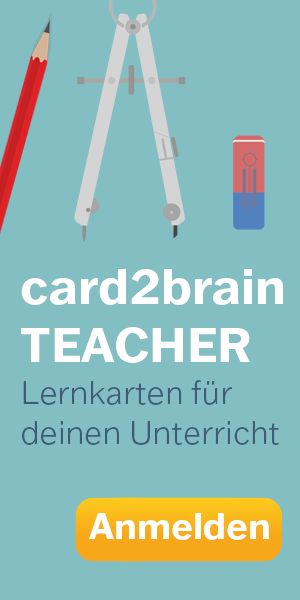jj
Kartei Details
| Karten | 360 |
|---|---|
| Sprache | Deutsch |
| Kategorie | Psychologie |
| Stufe | Grundschule |
| Erstellt / Aktualisiert | 02.01.2013 / 26.07.2022 |
| Weblink |
https://card2brain.ch/cards/entwicklungspsychologie2?max=40&offset=80
|
| Einbinden |
<iframe src="https://card2brain.ch/box/entwicklungspsychologie2/embed" width="780" height="150" scrolling="no" frameborder="0"></iframe>
|
1. Physical growth and development in infancy
1.1 Patterns of growth
- two general growth patterns
1. cephalocaudal pattern (from head to tail) 2. proximodistal (from body center to extremities)
1. Physical growth and development in infancy
1.1 Patterns of growth
- plasticity
- plasticity (Plastizität), importance of early experiences
1. Physical growth and development in infancy
1.2 Sudden infant death syndrome (SIDS) (plötzlicher Kindstod)
- about 3,000 cases/year in USA
- mostly between 1-3 months of age
2. Motor development
2.1 The dynamic systems view
- movement, development of new behavior etc
movement = interaction of motivation, perception, and motor skills
- children actively modulate and fine-tune assembled motor parts to new tasks
- development of new behavior depends on …
– development of nervous system – body’s physical properties and possibilities for movement – child’s goal and environmental support
2. Motor development
2.4 Fine motor skills (Feinmotorik)
- development of reaching and grasping up to pincer grip (Pinzettengriff)
- importance of perceptual-motor coupling
3. Sensory and perceptual development 3.1 Exploring sensory and perceptual development sensation
=physical stimuli that are registered by sense organs
3. Sensory and perceptual development 3.1 Exploring sensory and perceptual development
- perception
= cognitive interpretation of what is sensed
3. Sensory and perceptual development
3.3 Hearing
- prenatal listening ability in the last 2 months
- newborns sensitive to human speech sounds
- newborns recognize voice of familiar caregiver
- improvements in perception of loudness, pitch (Tonhöhe), and localization during first 2 years
4. Cognitive Development
4.3 Learning, remembering, and conzeptualization
- memory
4. Cognitive Development
4.3 Learning, remembering, and conzeptualization
- concept formation and categorization
- forming of conceptual categories (with 7-9 months)
5. Language development 5.1 How language develops
- recognizing language sounds
- universal phoneme detection (up to 6 months)
- improvement for own language, loss for others (from 6-12 months)
- crying (from birth on)
- cooing (1-2 months; Gurren)
- babbling (with 6 months; Lallstadium)
- gestures (with 8-12 months)
- first words spoken(with 10-15, mean 13 months)
understands about 50 word
6. vocabulary spurt starts (with 13-25, mean 18 months; Benennungsexplosion)
– speaks about 50 words (50-Wort-Marke) – rapid growth of active vocabulary [3.30] 7. two-word utterances (with 18-24 months) [3.31-32] 8. telegraphic speech (short precise word sequences without articles, auxiliary verbs, and other connectives)5. Language development
5.2 Biological and enviromental influences
biological basis of language acquisition (universal sequence)
- language-acquisition device (LAD; Chomsky, 1957)
- language abilities of other primates
5. Language development
5.2 Biological and enviromental influences
- sensitive period
- language as tool
- sensitive period (cf. „wild children“; „Wolfskinder“)
- • language as tool
1. Physical changes
1.2 Motor development
- gross motor skills (enjoyment of moving around)
- fine motor skills (e.g., building block towers) handedness (Händigkeit; right : left = 9 :1)
- genetic inheritance, in all cultures
– related to other cognitive skills
1. Physical changes
1.3 Nutrition
- overweight
- increasing number in the US
- related to other health problems (like type-2 diabetes)
- releated to psychological problems (like lower self-esteem; Selbstwert)















